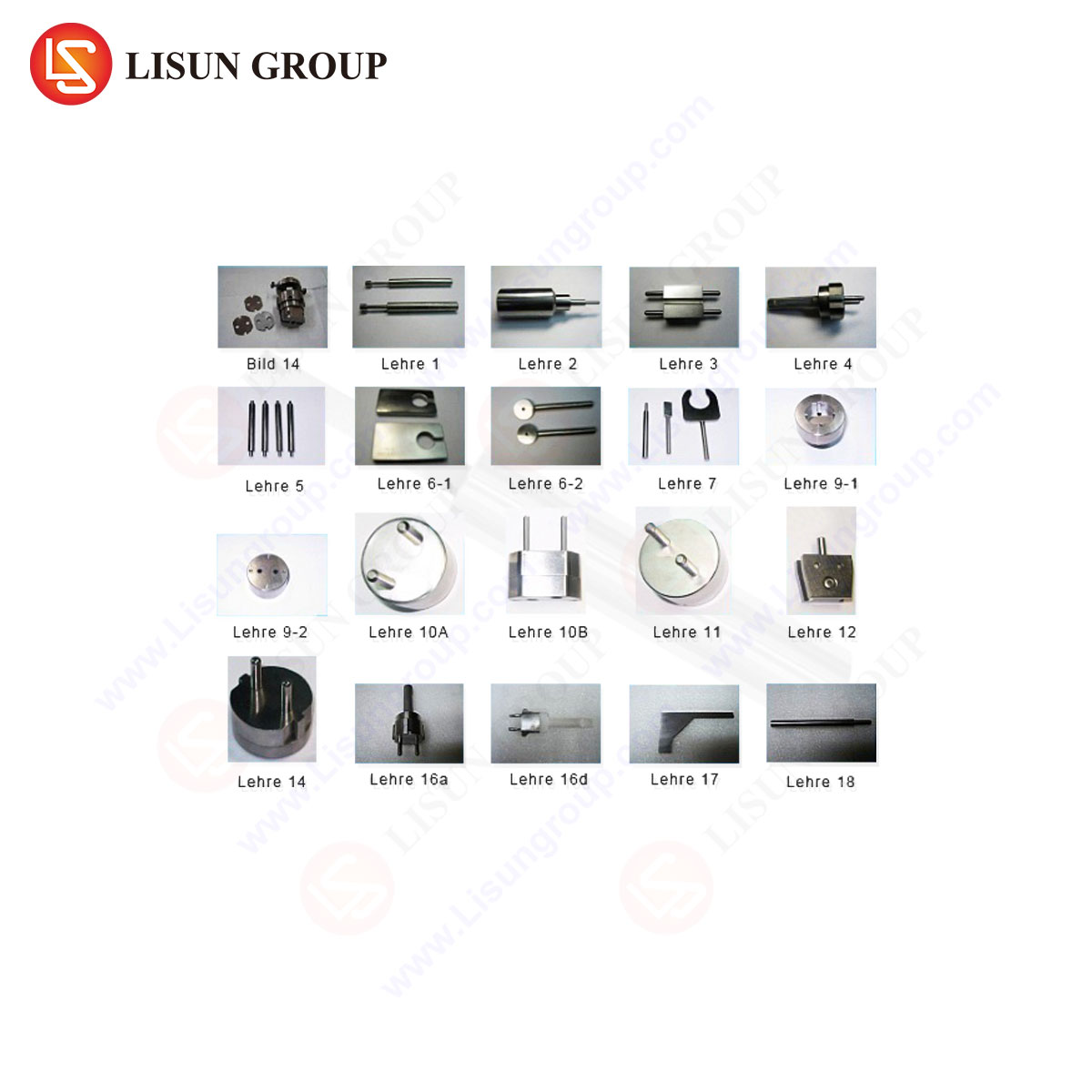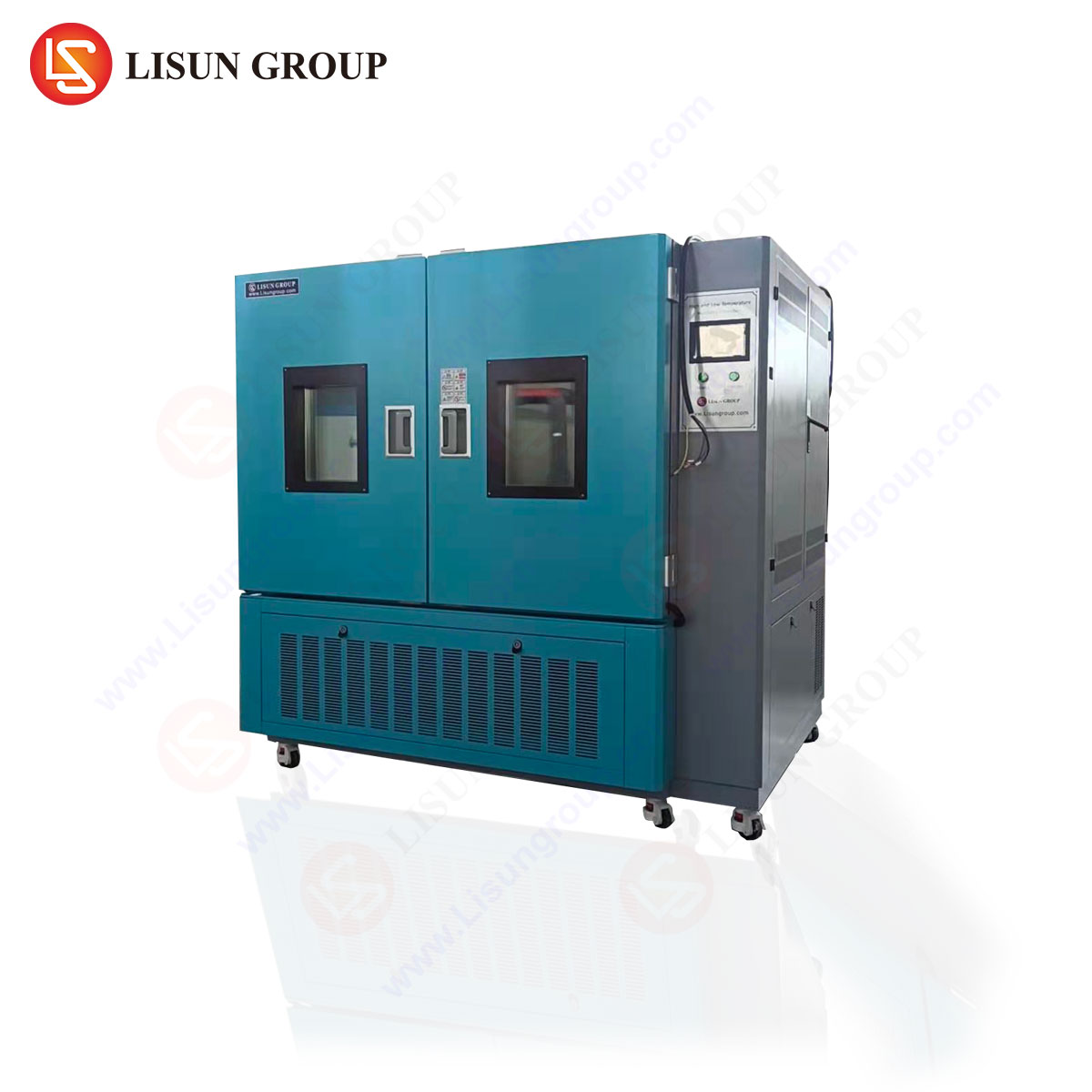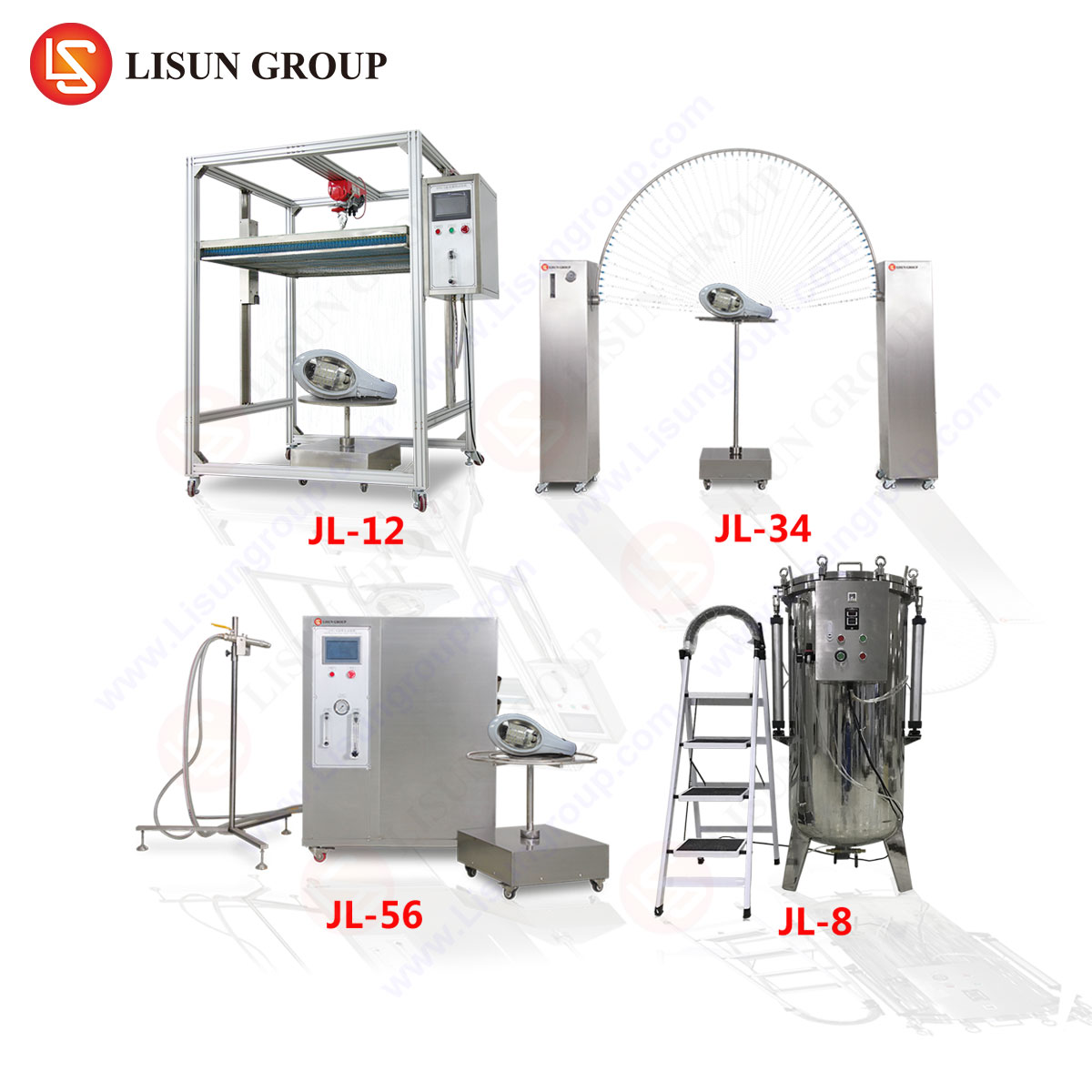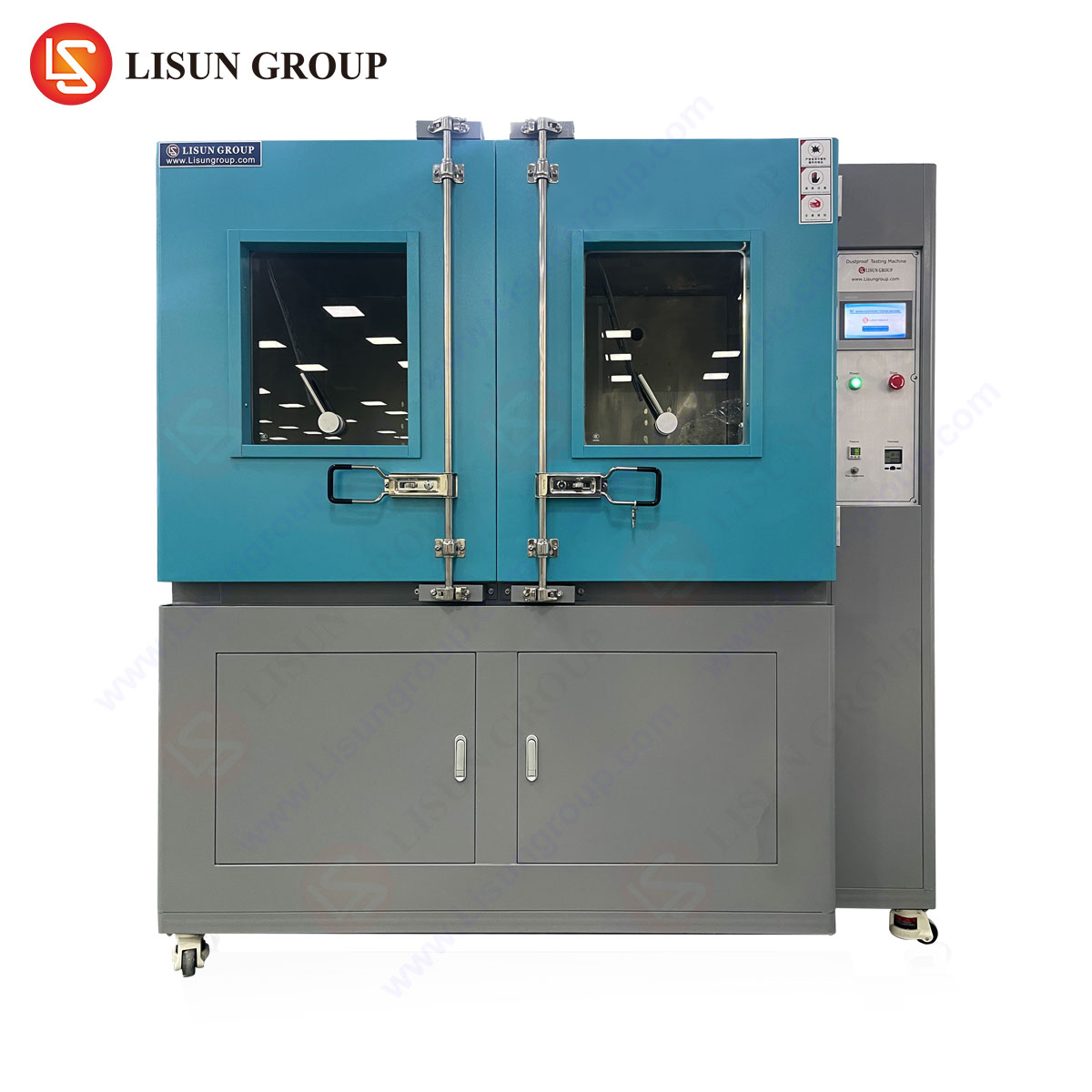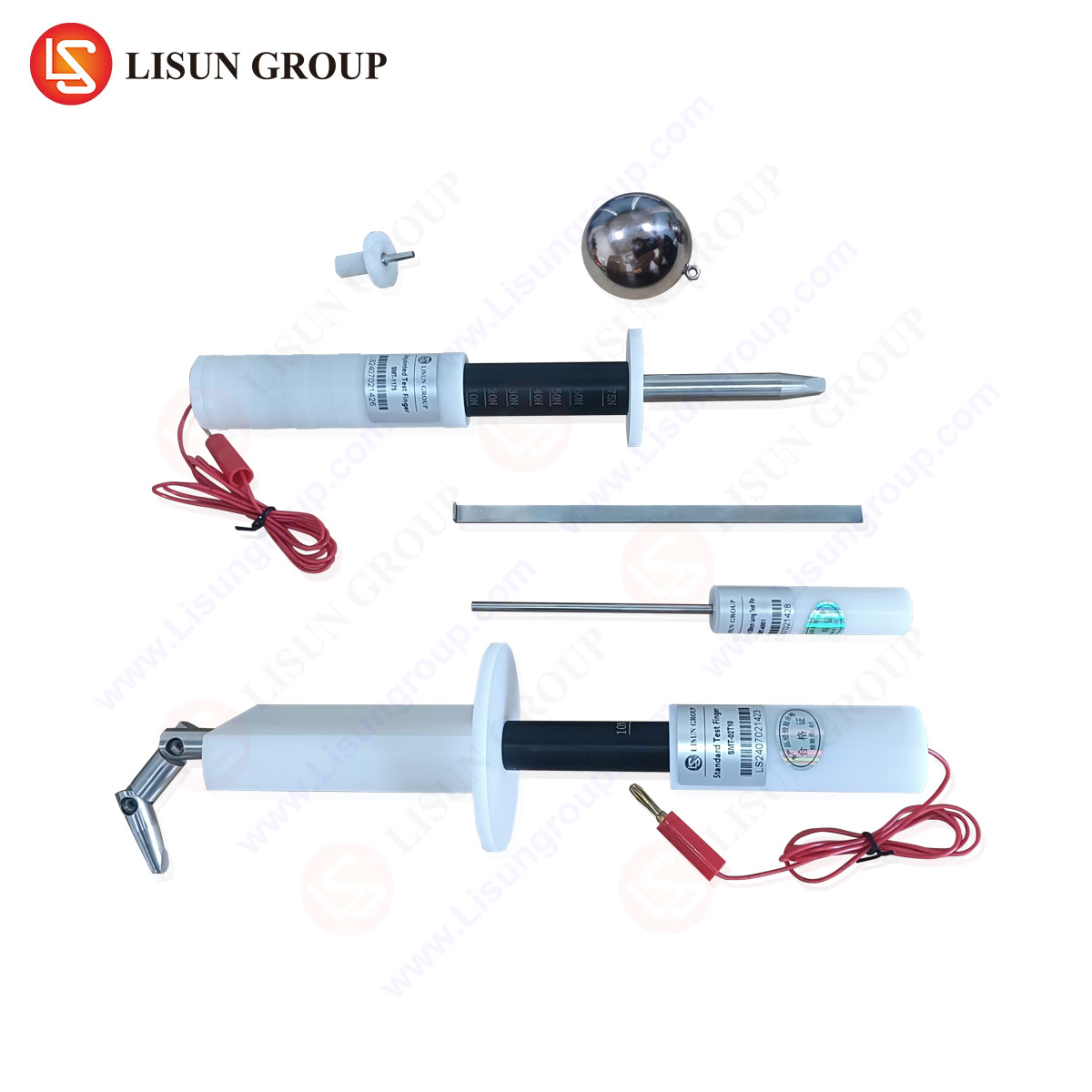Introduction to IEC 60601 Compliance and Test Probe Requirements
The IEC 60601 series of standards establishes stringent safety and performance criteria for medical electrical equipment, ensuring protection against electrical, mechanical, and thermal hazards. A critical component of compliance testing involves the use of specialized test probes, such as the LISUN Test Finger, Test Probe, and Test Pin, designed to simulate human interaction with equipment under controlled conditions. These tools assess accessibility to hazardous live parts, mechanical stability, and resistance to unintended contact, aligning with global regulatory frameworks including IEC 61032 and UL 60950-1.
Functional Anatomy of Test Probes: Design and Specifications
Test probe kits consist of geometrically precise instruments engineered to replicate human extremities or foreign objects. The LISUN Test Finger (IEC 61032 Probe 11) features a jointed, articulated design with a 12mm diameter tip, enabling simulation of adult finger access to enclosures. The LISUN Test Probe (IEC 61032 Probe 13) employs a rigid 3mm diameter rod to evaluate openings in protective barriers, while the LISUN Test Pin (IEC 61032 Probe 14) utilizes a 1mm diameter wire to test resistance to penetration by small objects.
Key specifications include:
- Material Composition: High-strength stainless steel or insulating polymers, depending on application.
- Dimensional Tolerance: ±0.05mm to ensure repeatability.
- Force Application: Calibrated to exert forces between 1N and 30N per IEC 60601-1 clauses 8.4 and 9.4.
Testing Principles and Methodologies
Test probes validate compliance through three primary methodologies:
- Accessibility Testing: The LISUN Test Finger assesses whether hazardous live parts remain inaccessible during routine operation or maintenance. For example, in medical infusion pumps, the probe must not contact internal circuitry when inserted through ventilation slots.
- Mechanical Strength Testing: The LISUN Test Pin applies 20N of force to evaluate the integrity of insulating materials in household appliance connectors.
- Foreign Object Resistance: The LISUN Test Probe verifies that openings in industrial control panels reject objects larger than 3mm, mitigating arc flash risks.
Industry-Specific Applications of Test Probe Kits
Medical Devices
IEC 60601-1 mandates probe testing for defibrillator enclosures and surgical lasers to prevent accidental contact with high-voltage components. The LISUN Test Finger ensures interlocks remain functional when probed at 30N.
Automotive Electronics
Probes evaluate EV charging ports for ingress protection (IPXXB) and child-safety compliance. The LISUN Test Pin confirms that 12V accessory sockets resist insertion of conductive objects.
Consumer Electronics
USB-C ports undergo testing with the LISUN Test Probe to validate isolation barriers withstand 1N of unintended force.
Competitive Advantages of LISUN Test Probes
- Precision Manufacturing: CNC-machined probes exceed ISO 17025 calibration requirements, reducing false positives in compliance testing.
- Modular Compatibility: Interchangeable tips adapt to IEC 61032, UL 1439, and GB 4706 standards.
- Durability: Hardened steel construction resists deformation after 10,000+ test cycles, unlike polymer competitors.
Case Study: Proving Compliance in Lighting Fixtures
A luminaire manufacturer used the LISUN Test Finger to demonstrate that LED driver compartments met IP20 ratings. The probe’s 75mm reach confirmed live parts remained 15mm beyond accessible boundaries, per IEC 60598-1.
Frequently Asked Questions
Q1: How often should test probes be recalibrated?
A: Annual recalibration is recommended per ISO 6789, though high-use environments may require quarterly checks.
Q2: Can LISUN probes assess pediatric medical devices?
A: Yes, supplementary probes (e.g., Probe 18 for small limbs) address child-specific accessibility risks under IEC 60601-1-11.
Q3: What distinguishes the LISUN Test Pin from generic alternatives?
A: Our pin’s tapered tip (0.5mm radius) precisely replicates IEC 61032 Probe 14 geometry, whereas uncertified variants may deviate by ±0.2mm.
This guide underscores the indispensable role of standardized test probes in mitigating operational hazards across industries. The LISUN Test Finger, Test Probe, and Test Pin provide traceable, repeatable validation of safety-critical design parameters, ensuring alignment with evolving regulatory demands.


